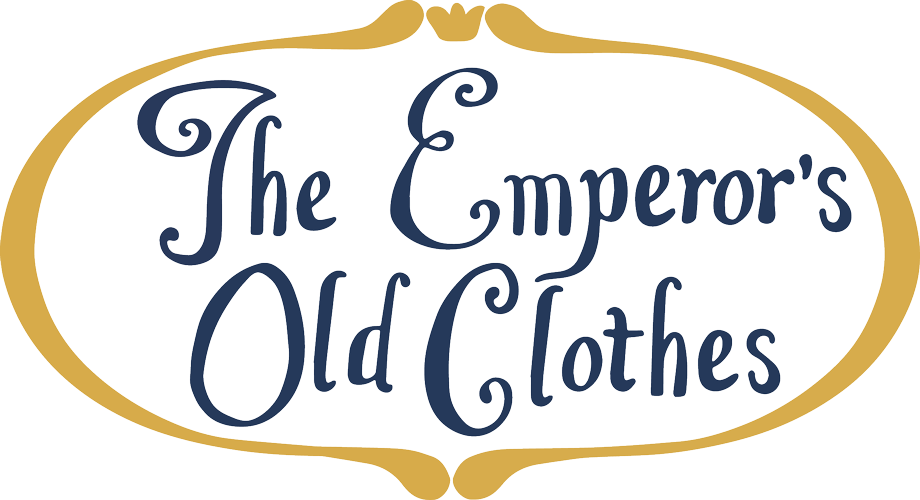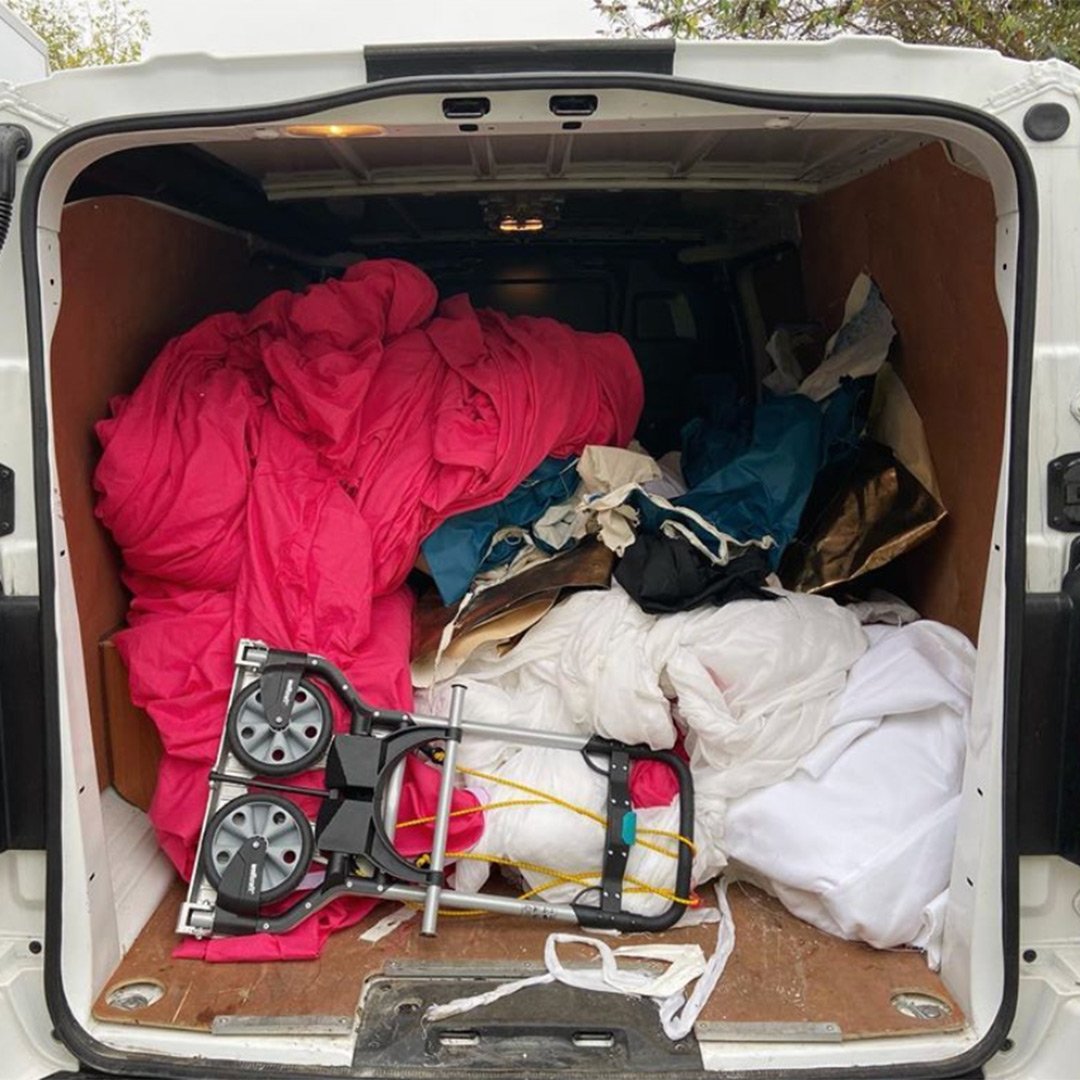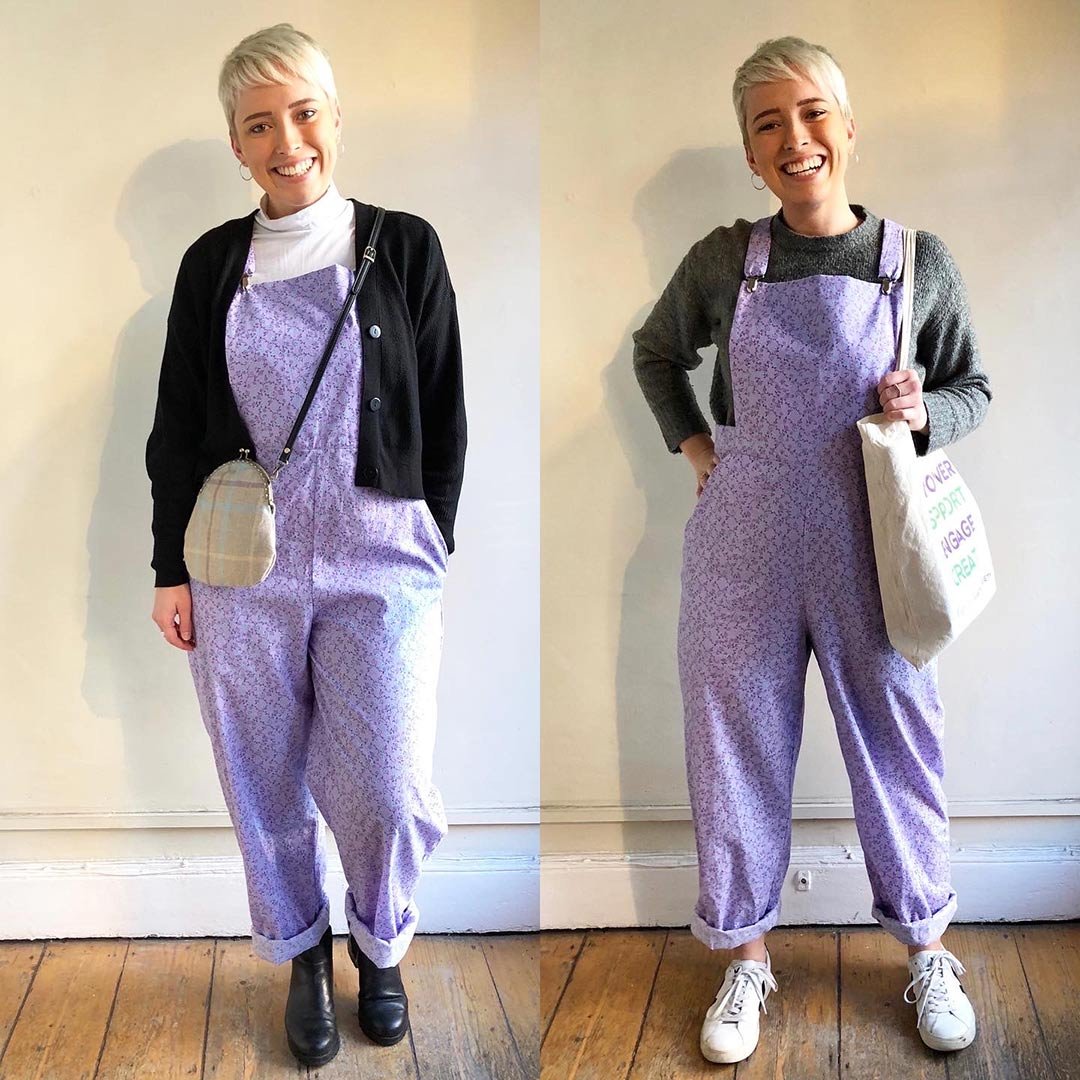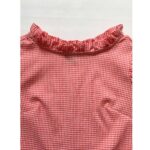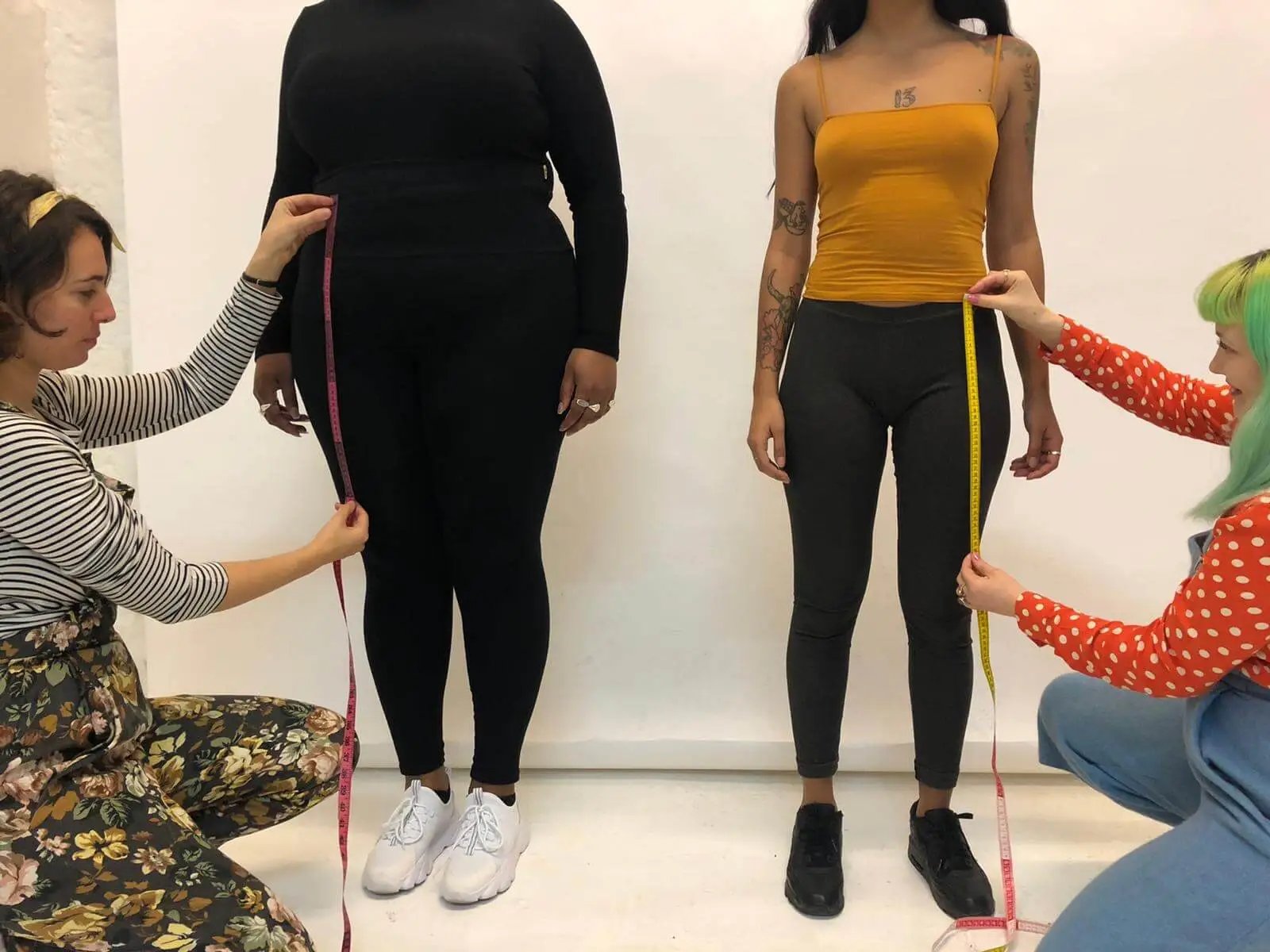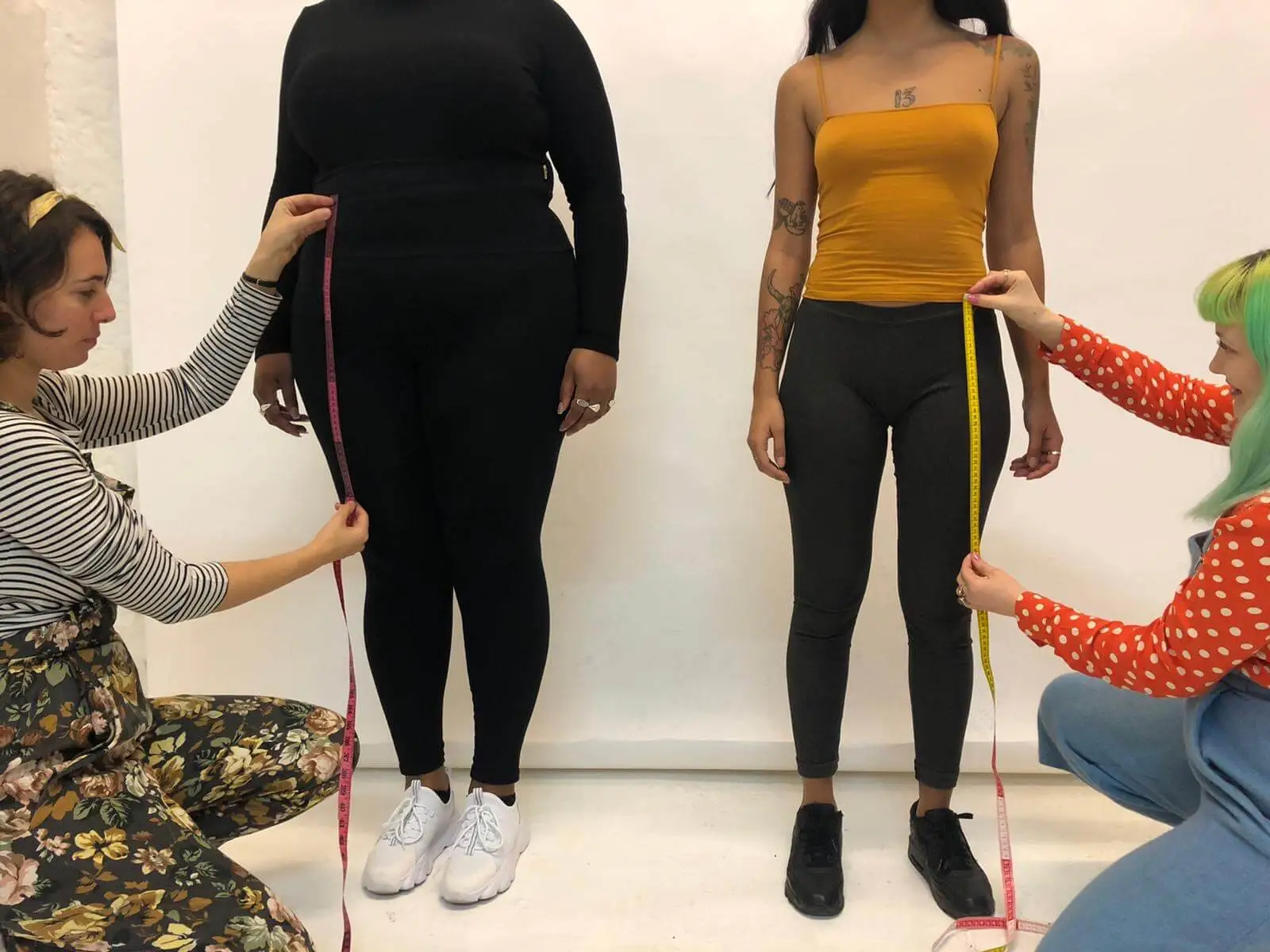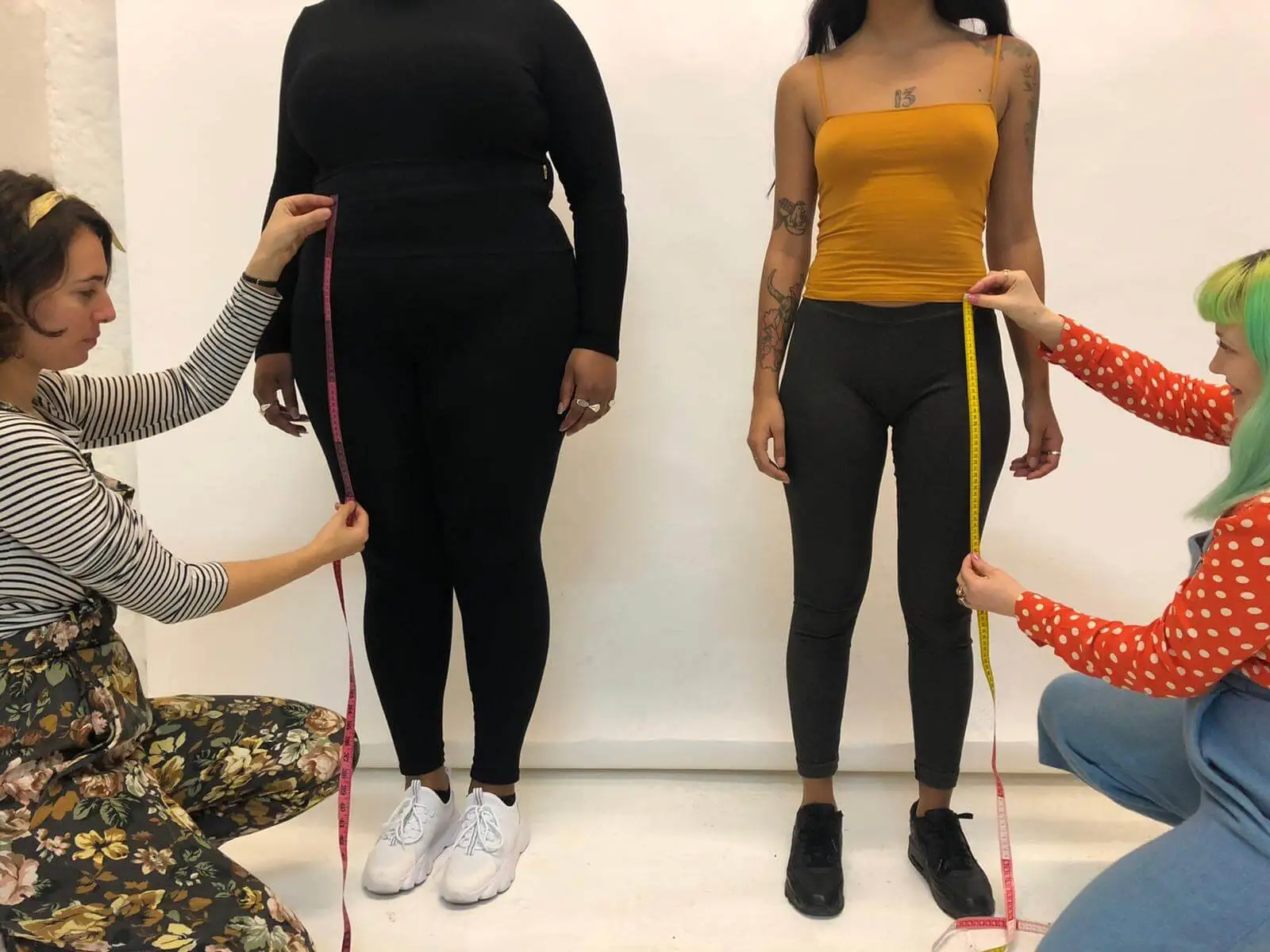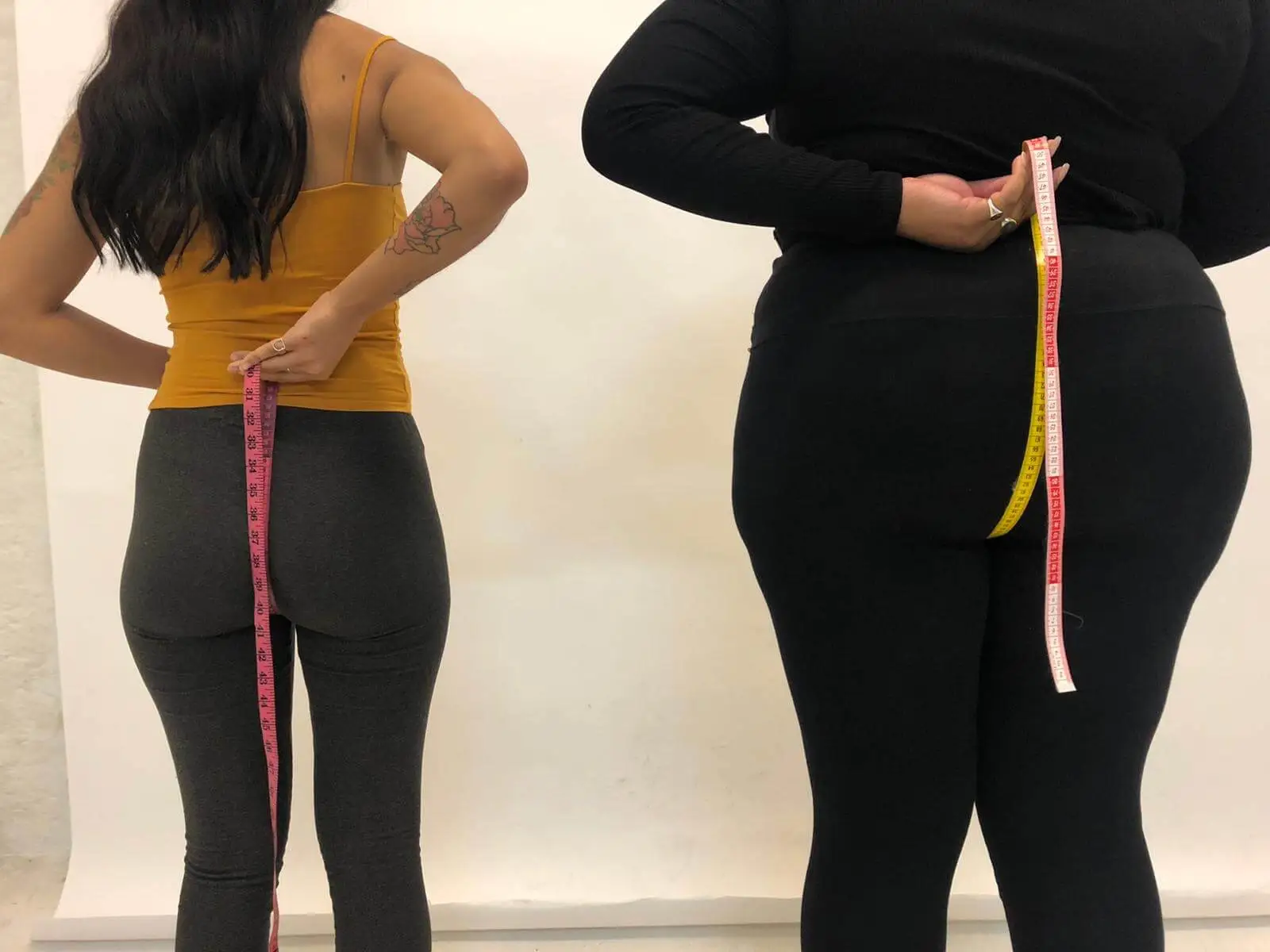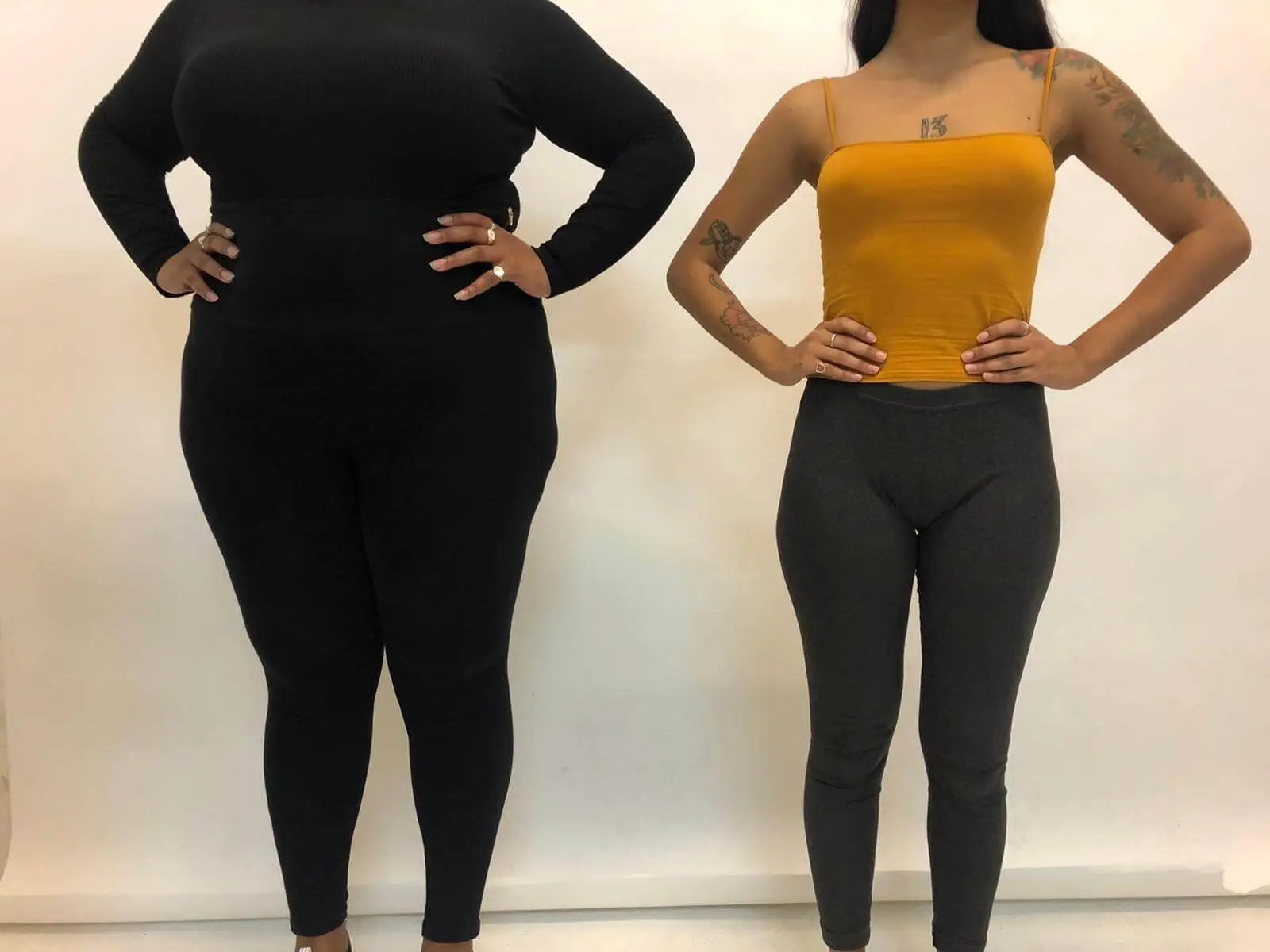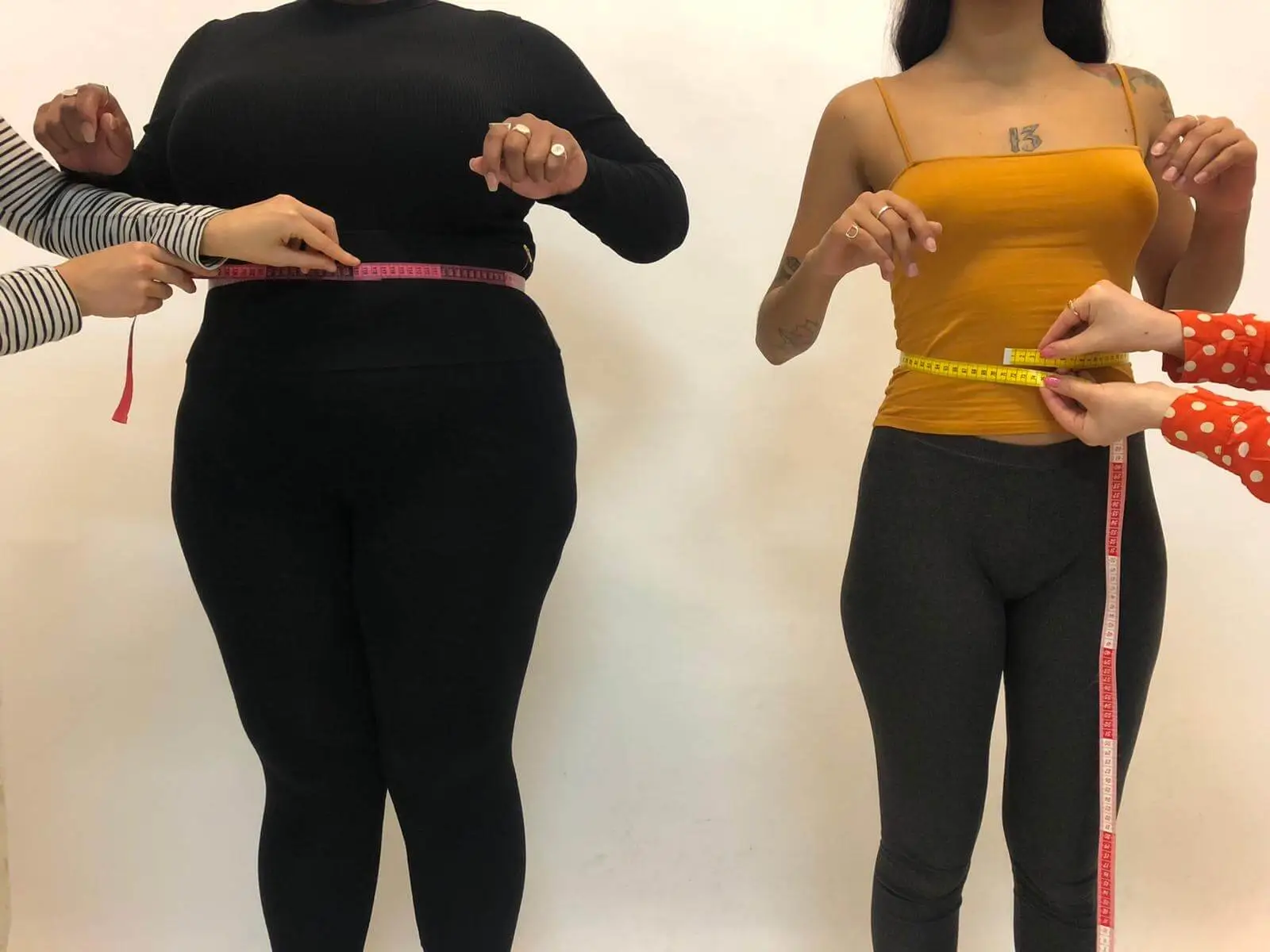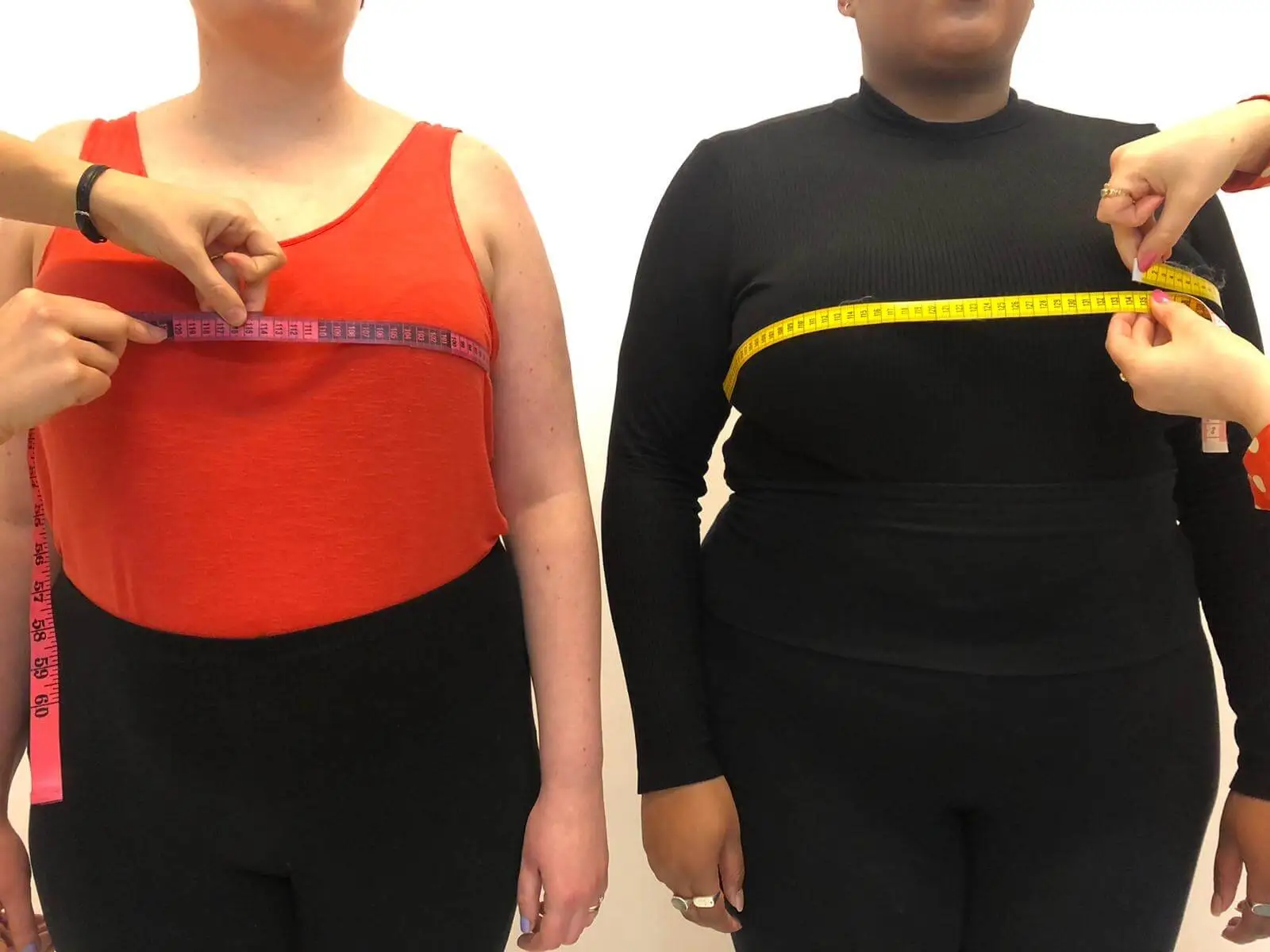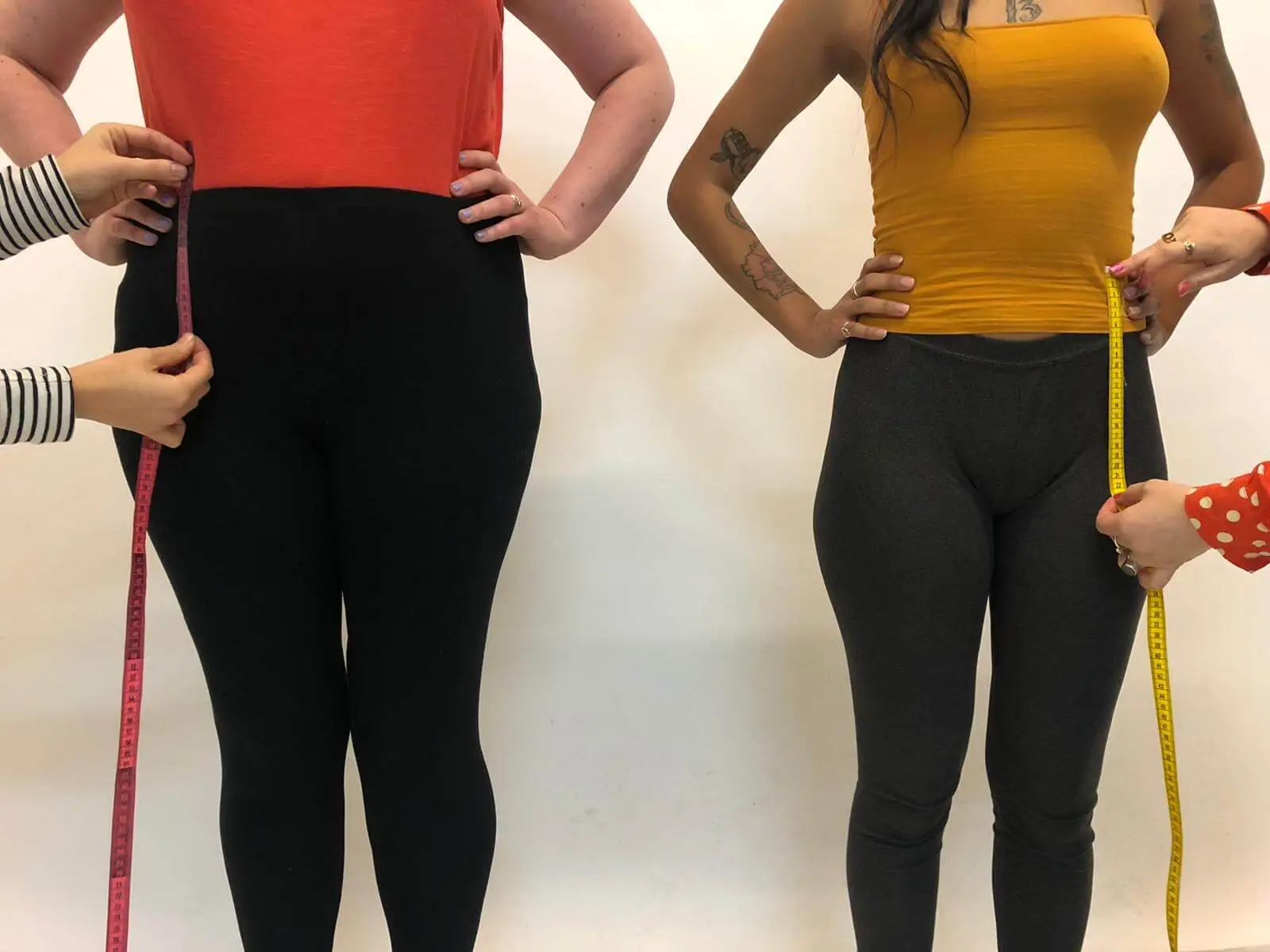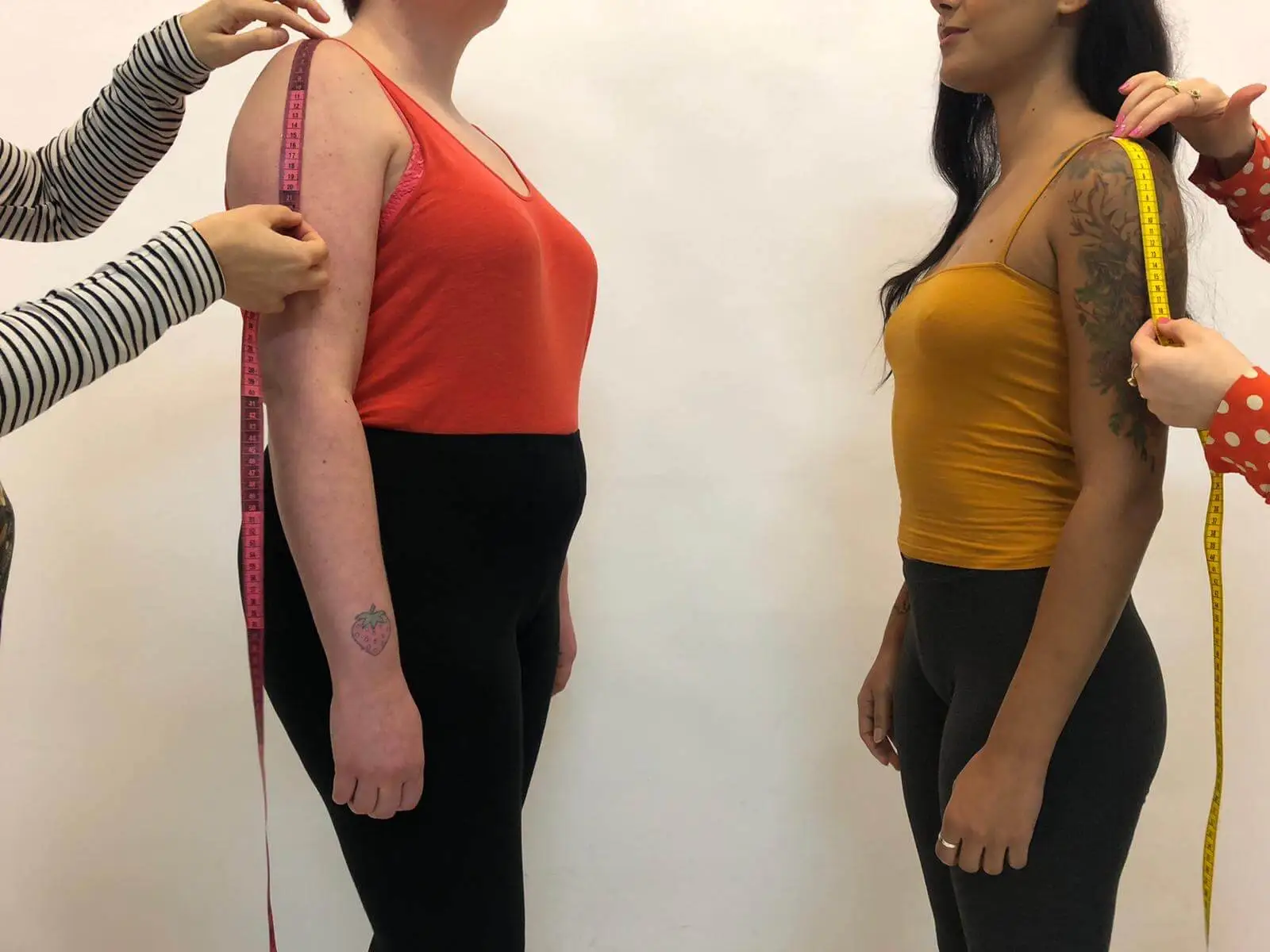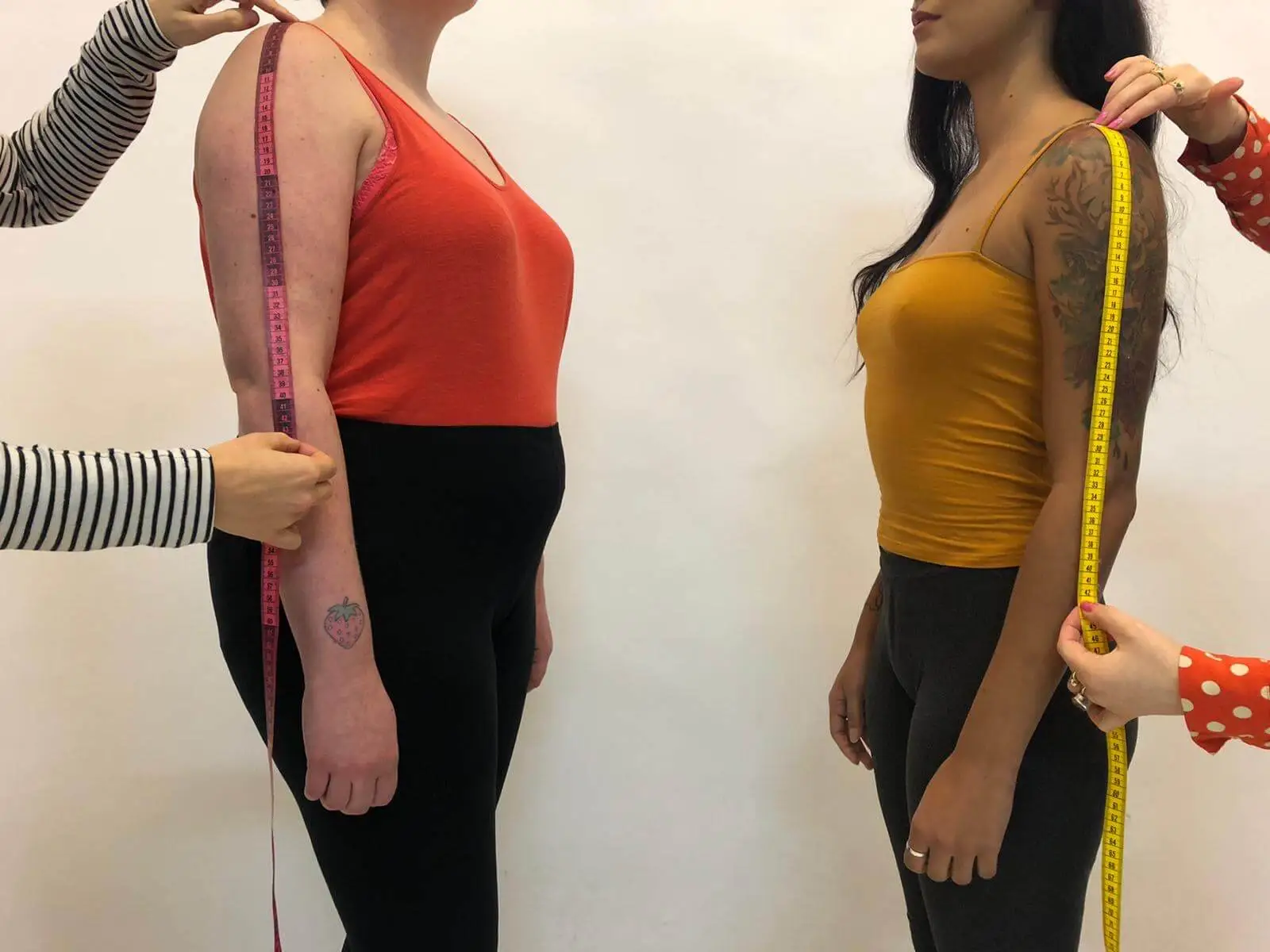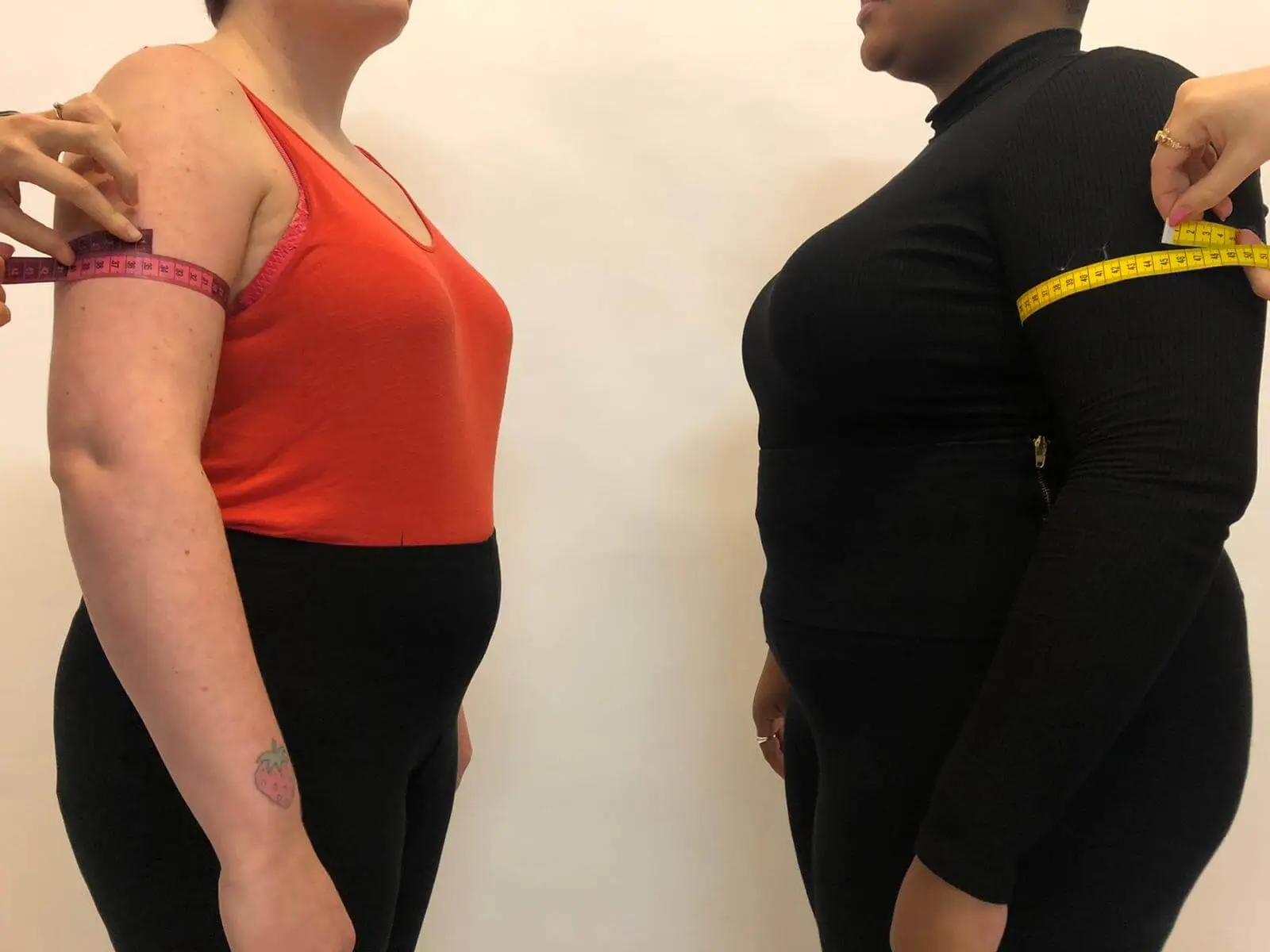INSIDE TEXTILE WASTE
“This year Fashion Revolution Week is highlighting the importance of using what we already have in our wardrobes in order to reduce the consumer demand from retailers and large fast fashion companies… It is important to remember this isn’t a one-off and as consumers, we should be taking responsibility for our wardrobes all year round.” – Fashion Revolution
THE PROBLEM
Fashion and textile waste is still very much a growing issue across the world. The level of textile production has doubled since 2000 and textile waste is on the rise after the figures are expected to increase to 60% between 2015 – 2030. On top of that, a third of the fashion industry has still yet to make an effort to tackle this issue.
Unfortunately, textile and clothes recycling isn’t always that straightforward. There are complications to recycling certain materials such as those that have been made with synthetic, petroleum-based fabrics like polyester. These cannot be recycled within today’s common recycling infrastructure and therefore have to be sent to landfill. Materials that are compostable such as cotton, linen, silk, cashmere and wool are all recyclable but with the popularity of fast fashion and cheaply made garments, polyester is a common choice of fabric.
The same complex cycle applies to the clothing donations which usually falls into the hands of charities and non-profit organisations. It is an extremely time-consuming process and one that needs to be done by hand to ensure accuracy in the sorting of garments that are fit for reuse and those that aren’t – not to mention the financial strain that this process entails. An article by Fashion Revolution identifies an Australian charity that spends the equivalent of £7 million per year sorting and sending un-recyclable donated clothing to landfill sites in an effort to try and shift the bulk of fabric waste. Another example, Redress, sorted 15 tonnes of Hong Kong’s unwanted fabrics, using over 400 volunteers with the overall campaign costing the charity a huge expense.
However, charities are not the only ones taking the hit from our short-lived garments. Despite the UK’s 70% recycling rate for clothes, our charitable donations made to organisations and recycling schemes are often sold on to traders. An ITV news report unveiled the illegal dumping that occurs in Ghana as a result of traders disposal of poor quality items that can’t be recycled. Due to the over-saturation of secondhand clothing, the value of our donations has decreased meaning buyers need to buy more to keep up with their costs. This relentless cycle is having a negative impact on not only the environment but to the livelihoods of the people who inhabit these countries. Until enforced restrictions are put into place for the illegal dumping of secondhand clothing, we need to find other solutions for the afterlife of our clothing.
FABRIC PRODUCTION + OFF-CUTS
As easy as it is to pin the blame on one aspect of the fashion industry, garment and textile waste occurs in all aspects of the supply chain of clothes. According to the 2017 Pulse of the Fashion Industry Report, 35% of all materials involved in the overall supply chain become a product of waste.
It starts in the production stage in which offcuts are created during the cutting process; perfectly sound garments can become a product of waste as a result of changes to garment designs. However, even at this early stage of a garment’s life, there are ways to reduce unnecessary waste. Some manufactures are investing in computer-controlled cutting technology that provides accurate measurements for pattern cutting in order to limit the off-cut waste.
Here at Emperor’s HQ, we have a zero fabric waste policy meaning that the fabric offcuts that we produce we then reuse to create accessories such as our pouches, purses, handbags and glasses cases. We encourage our customers to purchase these items and to get crafty by collecting fabric scraps from the cutting process to use in our wreath making kits + fabric scrap bundles. We rely on our customers to purchase these items to allow for more storage space in our studio for the build-up of these fabrics.
RETAIL WASTE & INVENTORY ISSUES
However, the waste doesn’t stop there – once a garment has made it through the manufacturing process, the waste only continues into retail. Particularly regarding fast fashion companies, many brands are experiencing an overload of inventory and stock that they cannot shift due to overproduction. Attempts to solve this include either incinerating stock, dumping in landfill or selling the overflow to shredding factories in order to squeeze more profit out of it.
A captivating short film called ‘Unravel: The final resting place of your cast-off clothing’ documents the process of garment shredding factories between Kutch and Panipat in India. The factories purchase these unwanted garments which are then shredded and made back into threads which are sold on. In an interview with a few of the women that work in the factory, they explain their theory behind where all these clothes come from: that there is a water shortage in the West and Western people can’t afford to wash their clothes so that’s why they’re thrown away:
“Water is just as expensive for these people. That’s why they wear their clothes a couple of times and then throw them away. That’s what everyone says, and what we always hear! I wouldn’t know why else they come.”
This short film reveals a chilling perspective and one that inflicts shame on our Western society in which change must happen.
Something that we are mindful of at Emperor’s is making sure that our ready-to-wear collections are always evolving and unsold items are not sat collecting dust. In order to ensure ready-to-wear pieces have run their full course, each item will go through two sales before they are considered for redesigning. Often these pieces will be renovated into alternative Emperor’s designs, for example, turning a dress into a two-piece which is a more popular choice for our customers.
CONTRIBUTING INDUSTRIES
It’s really important to remember that it’s not just the fashion industry that requires textiles and garments for consumer-based consumption. For example, let’s consider manufacturing corporate workwear: employees are required to wear protective and durable uniforms that are made from materials such as polyester that are not recyclable or reusable. Statistics discovered by WRAP reveals that only 9% of the 39.2 million individual garments produced are reused or shredded but neither are recycled.
With 2 out of 7 people in the UK required to wear a uniform to work, WISE WORK SAFE advises on the different ways that companies can reuse and recycle workwear. Some suggestions include partnering with recycling companies and donating unbranded pieces onto charities for those that can’t afford to buy uniforms. There are however security guidelines set in place that means branded uniforms cannot be disposed of, so ensuring that labels and badges are removed before donating is an important thing to keep in mind.
A great initiative we have here in Brighton + Hove is the Smarter Uniforms campaign. The FAIR shop in Brighton accepts old school uniforms from surrounding schools and parents which are then sorted, cleaned and sold on to other families for up to a third of the typical school uniform price. As well as allowing people to save money, the organisation is a great way to relieve waste on unwanted clothing.
Another area that revels in single-use materials is the events industry. As of yet, the £48 billion industry has failed to advance on opportunities to recycle materials used for exhibitions, festivals, sports events and especially fashion week that occurs multiple times a year. A WRAP report on the events sector demonstrates the extreme improvements that need to be made within the industry which is currently operating with an average recycling rate of only 15%.
The Textile Review is a fantastic resource to use for people seeking materials as well as retrieving textiles that are facing the threat of ending up in landfill. The Brighton based company has a hiring service in which you can temporarily rent fabrics for your own purpose and once you are finished with them, you can return them back into the circular system!
EFFORTS TO TACKLE THE ISSUE
Relying on organisations and charities is not a sustainable solution to sorting the world’s textile waste problem – the responsibility needs to be shared by us, the consumers. However, having an understanding of the different levels of consumer privilege is essential to note when discussing this topic.
Those that are able-bodied, thin (and therefore catered to by the fashion industry) and have a disposable income will consume at a notably faster rate in comparison to those that don’t hold these privileges. Expecting people to shop responsibly is not a fair assumption and puts pressure on those individuals who struggle to find retailers that stock their size or are on a low income – for some people finding clothes to wear is already an ordeal on its own.
With that said, below are hopefully some helpful starting points that you can take into account before you head down to the charity shop.
CONSUMER LEVEL ACTION POINTS:
REPAIRING CLOTHES
There are many clothing companies that offer free repairs for your garments as well as accepting old clothes to be repurposed. Even if not advertised, get in touch with your favourite brands and enquire, you might be surprised!
In addition to this, there are many tutorials online that teach you how to sew on patches, fix zips, reattach buttons etc for worn-out clothes. Love Your Clothes is a great resource set up by WRAP that has a Care and Repair section which includes tips on repairing clothes, removing stains, laundry tips and alterations.
We’ve made it even easier for you, our customers, to access this information with a couple of great blog posts on ways you can avoid throwing out your clothes! Ella put together a fantastic blog post dedicated to caring for your clothes which you can dive into here.
Something else we’ve created for our customers here at Emperor’s HQ is a step by step tutorial to taking your own measurements which you can access here. As some of you may already know we provide an affordable service for repairs and alterations to any garment we have created (keep an eye out for more on this coming to our website soon – for now just get in touch).
WARDROBE SWAPS
These are a really fun way to mix up your style whilst reducing the demand for new clothes every time you lose interest in your wardrobes. Nu Wardrobe is a fantastic organisation that is expanding as they grow to more areas in the UK. Their initiative brings style, trends and diversity to the world of wardrobe swaps!
This year, Fashion Revolution is exploring all aspects of reducing garment and textile waste which you can get involved with here whether you are hosting a swap or attending one. The 2020 Big Clothes Swap is collaborating with the Global Fashion Exchange to get as many people involved in sharing their wardrobes in order to demonstrate the power of communities. To learn more click through here to see what you can do to get involved.
On our Emperor’s Instagram profile, we use our team styling tips to share with our followers the multiple ways that you can wear and style our versatile pieces in order to minimise your wardrobes and maximise your outfit options.
Do you share your Emperor’s items with your friends? If so we’d love to hear about it!
RECYCLING AT HOME
There are ways that you can recycle your unwanted clothing without clogging up the recycling centres! Here’s a list of creative ways you can use your unwanted clothes:
- Secondhand denim and leather can be used for upholstering furniture
- For any of you that have pets, stuffed odd socks make great chew toys
- Old t-shirts make for great cleaning cloths and dusters
- Experiment with making headbands and other accessories with old hats and scarves
There are some great initiatives out there that are in need of donated textiles and clothing that don’t necessarily spring to mind straight away so we’ve provided a list of recommendations of those as well:
- Get in contact with your local animal shelters and see if they are in need of your old blankets, beach towels, pillowcases or bedding.
- Suited and Booted is a small charity based in London that takes donations of formal wear to dress unemployed and low-income men in preparation for job and work placement interviews. The charity accepts donations of shirts, blazers, smart trousers, shoes as well as unworn socks.
- Some of us may have a couple of perfectly good bras clogging up our underwear drawers as a result of misjudging purchases. Instead of throwing them in a bag for charity, reach out to homeless women shelters as bras are usually in high demand.
Got more ideas for how to responsibly deal with textile waste at home or in your workplace? Know of any other cool initiatives or projects that deal with textile waste? We’d love to hear about them!
Written by Cressida Drummond-Hill – Marketing Assistant; edited by Cecily Blondel – Owner
